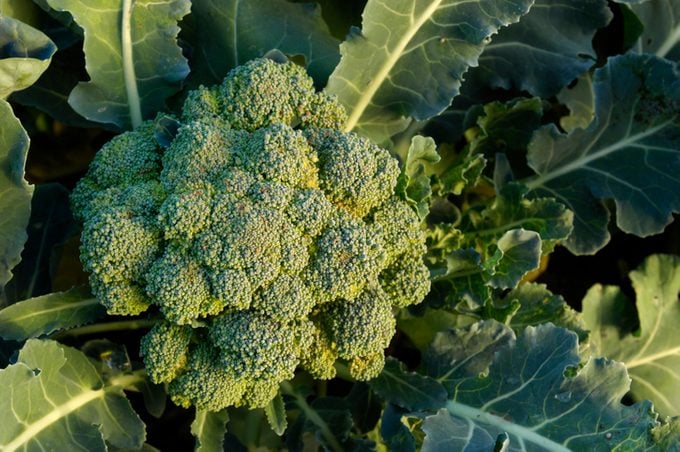Cool Weather Vegetables to Grow in Fall
Updated: Jul. 20, 2023
There's no need to stop gardening when fall arrives! Discover how to grow cool weather vegetables like carrots, broccoli, and more.
A new season brings fresh opportunities to experiment in the garden, and fall is no exception. After the height of summer, use a technique called succession planting to sow more vegetables and extend your growing season with cool weather vegetables. With succession planting you are able to harvest another round of veggies before the winter frost. It’s the perfect opportunity to try new varieties or make up for any spring procrastination that may have doomed leafy greens. As an added bonus, some vegetables are more flavorful when they mature in cooler seasons.
“If you plant wisely and watch the calendar, you can get tastier vegetables in the fall for those that prefer cooler temperatures,” says David Trinklein of the University of Missouri extension service.
Know Your Growing Conditions
Start by figuring out the expected date of the first killing frost for your area. This is key to determining what and when to plant. The best place to find this information is the book farmers and gardeners have turned to since 1792: The Old Farmer’s Almanac. You can find a copy in most grocery stores, but conveniently, its website (almanac.com/weather) has handy guides on both first frosts and planting dates for second-season crops.
Prepare the Garden
Weeds can be pesky challenges to late-summer gardening, because they’ve had all season to gain strong footholds. Weed meticulously and work fresh organic matter into the garden to provide a healthy start for fall veggies. This also improves soil that might have become depleted during summer. Not sure what’s a weed and what’s a flower? Here’s how to tell.

Pick the Right Plants
Vegetables for late harvests fall into three categories, David says. First are the veggies that are intolerant of frost but that mature quickly, usually in 30 to 45 days. Second are those that take longer to mature but can withstand a little frost. Third, there are the long-maturing selections that tolerate some freezing temperatures.
In that first category are plants such as bush beans and many herbs, like basil. The second grouping contains a sweeping variety of vegetables, including broccoli, carrots, cilantro, collards, kale, peas and spinach. Many of these thrive even as temperatures dip into the 20s. The third category contains garden selections that don’t thrive in heat but are somewhat freeze-tolerant, such as Brussels sprouts and turnips. Cabbage and radishes also take to cold well, but mature fast.

Take Proper Care
Sowing seeds in late summer requires a few adjustments to your gardening routine. When planting seeds that prefer cooler temps to germinate, sow a little deeper in order to mimic a cool environment. For example, if you normally plant a seed at a depth of twice its diameter in spring, try planting at a depth of three to four times its diameter. Just be sure the soil is in good condition, so the sprout doesn’t have to struggle to break through a layer of summer-hardened top crust. After a hot, dry season, it’s sometimes difficult to tell how dry the subsoil is, so it’s even more important to water the seeds and continue to do so regularly.
Be Patient
It’s true that gardeners in northern regions may struggle to get anything but the fastest-growing, most frost-resistant varieties to grow from seed in time to harvest. Try radishes! They mature quickly and can be harvested until the soil freezes. Carrots and peas also are fine with light frost. To make the process easier, start longer-maturity varieties indoors, just as you would for spring transplanting. Southern gardeners, on the other hand, will likely see success with cool-season veggies well after the heat of summer has passed.
If you’ve picked the right frost-tolerant or fast-growing varieties for your area, you will reap a second (or third) harvest. Trust your plants and be patient. “You can’t rush,” David says. “The fact is it does take nature time to produce something that is worthwhile.” And that’s definitely worth waiting for.
Discover more cool weather vegetables to grow for a salad garden.

Best Second-Harvest Picks
Have a second harvest with these 13 veggie picks for fall weather.
- Arugula
- Bok choy
- Broccoli
- Bush beans
- Cabbage
- Carrots
- Cauliflower
- Kale
- Leaf lettuce
- Radishes
- Rutabaga
- Spinach
- Swiss chard




















